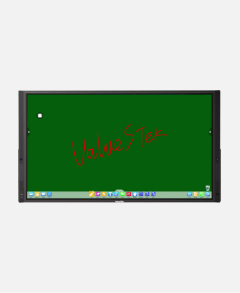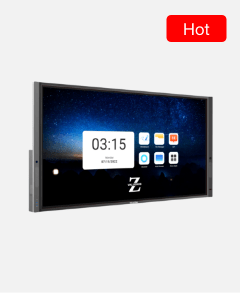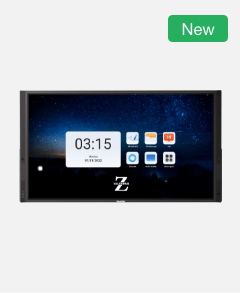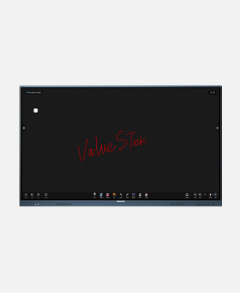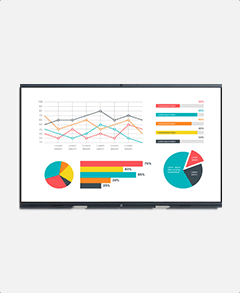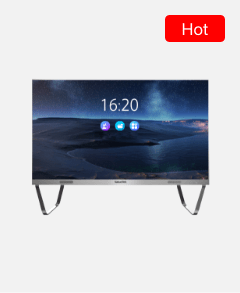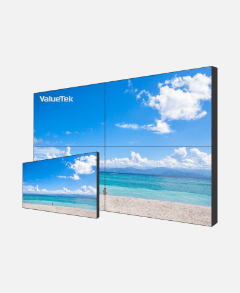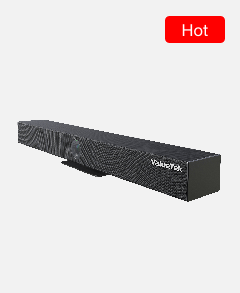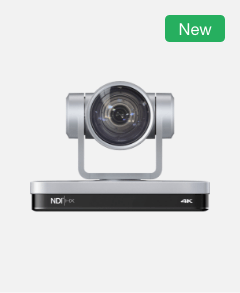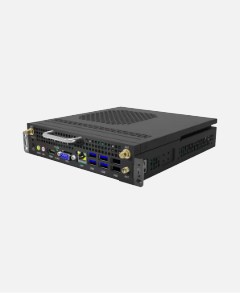3 Reasons Why Interactive Displays are More Affordable Than You Think
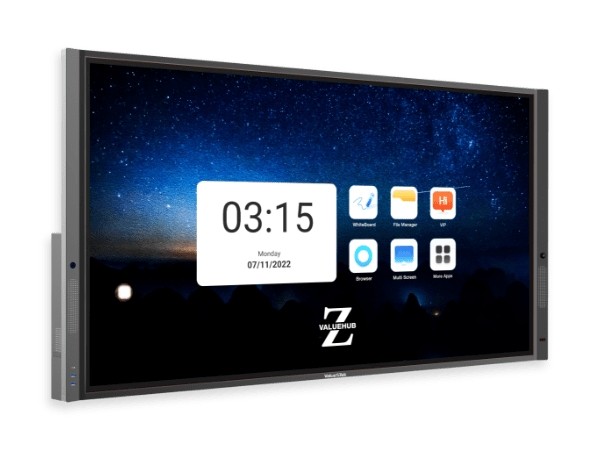
Interactive displays are becoming increasingly popular in educational institutions and businesses, enabling better collaboration and more effective communication.
However, some may assume that these advanced displays are too expensive for organizations with limited budgets.
In reality, interactive displays offer a wide range of cost-saving benefits that make them a wise investment for organizations of all sizes.
Cost Savings Compared to Traditional Displays
Interactive displays offer significant cost savings compared to traditional displays, such as projectors or whiteboards.
With traditional displays, ongoing maintenance, replacement bulbs, and other additional equipment costs can add up quickly. In contrast, interactive displays require minimal maintenance and are designed to last for years with reliable and durable touch screens. This longevity and reliability reduce costs in the long run, especially for businesses and schools that rely heavily on technology for their daily operations.
Additionally, interactive displays are more energy-efficient, consuming less power than traditional displays. This means that businesses and schools can save money on energy bills over time. With interactive displays, there is no need to purchase expensive bulbs or other replacement parts, leading to additional cost savings for organizations.
Factors That Affect the Cost of Interactive Displays
The cost of an interactive display varies depending on several factors, including size, resolution, touch capabilities, and additional features. Larger displays and higher resolutions tend to be more expensive, as do displays with advanced touch capabilities such as multi-touch or gesture recognition. Built-in cameras, speakers, and other features also add to the cost of an interactive display.
However, it is important to keep in mind that not all organizations need the most expensive display on the market. It is possible to find an interactive display that meets your organization’s needs and budget by assessing the features that are most important to you. For example, smaller classrooms may benefit from a 55-inch display with basic touch capabilities, while larger lecture halls may require a larger display with more advanced features.
Affordability of Interactive Displays Across Different Budgets
Interactive displays are available in a wide range of sizes and price points, making them accessible to organizations with different budgets. For instance, businesses and schools with limited budgets can opt for smaller displays with basic features to start, while larger organizations with more substantial budgets can afford larger displays with higher resolution and more advanced features.

Another way to make interactive displays more affordable is by exploring financing options, such as leasing or rental agreements. This enables businesses and schools to acquire the displays they need without having to pay the full upfront cost, allowing them to allocate funds towards other important areas of their operation.
Interactive displays offer many cost-saving benefits, making them an excellent investment for businesses and educational institutions. Compared to traditional displays, interactive displays require less maintenance, have longer lifespans, and are more energy-efficient, reducing operating costs in the long run. The cost of an interactive display can vary depending on several factors, but by assessing your organization’s needs, you can find an affordable display with the appropriate features. With financing options available, interactive displays are more accessible to organizations of all sizes and budgets. By investing in interactive displays, organizations can create a more engaging, collaborative, and effective environment for their team, ultimately leading to greater success and growth.

